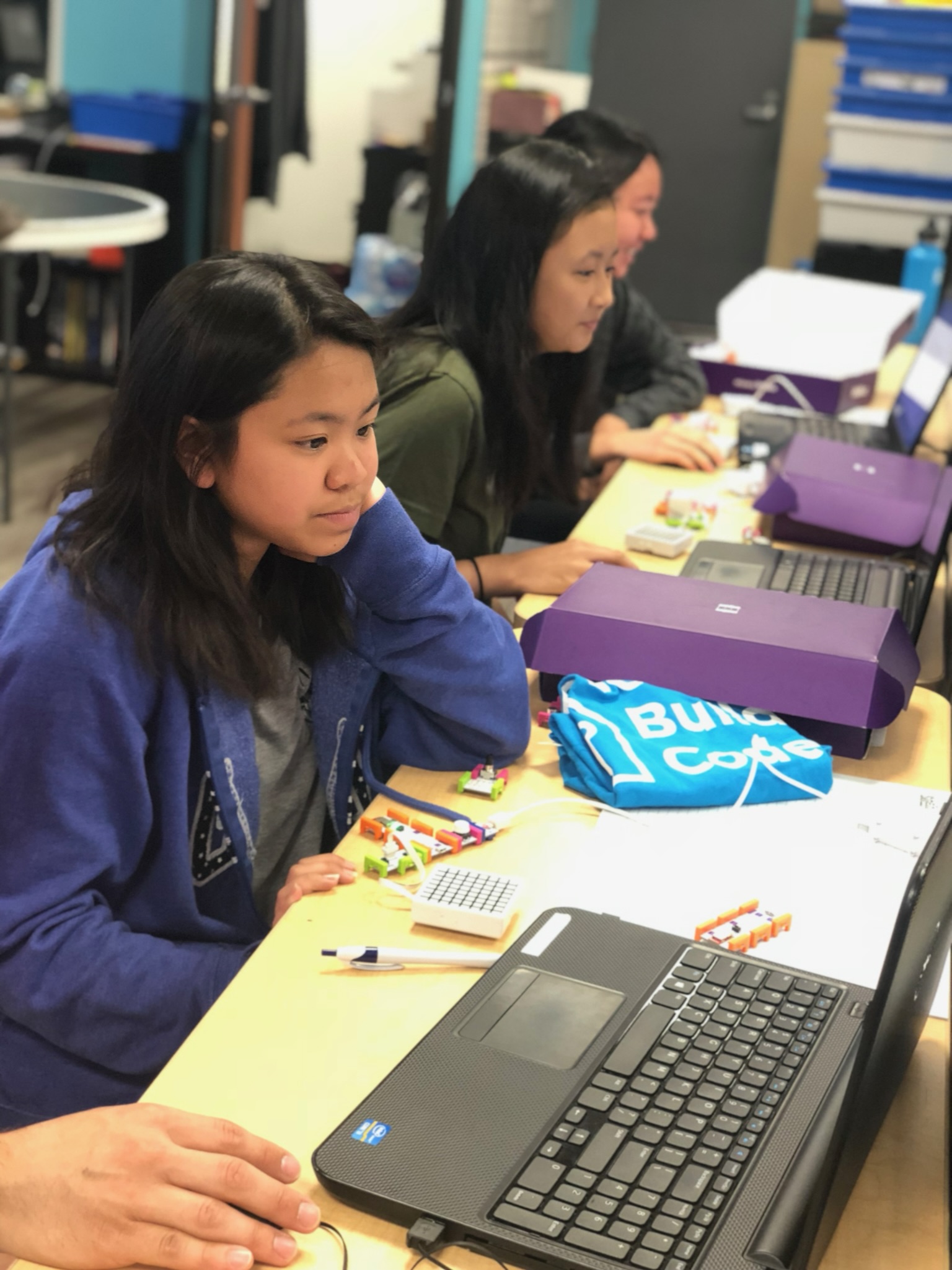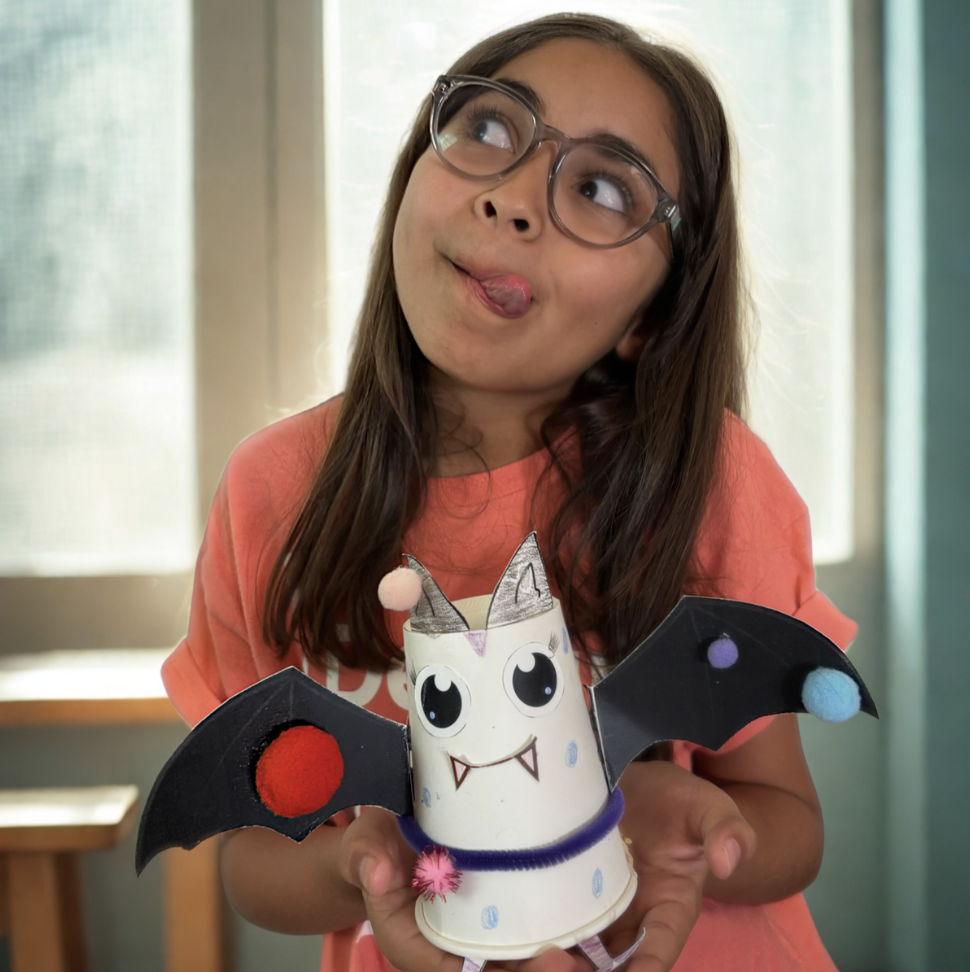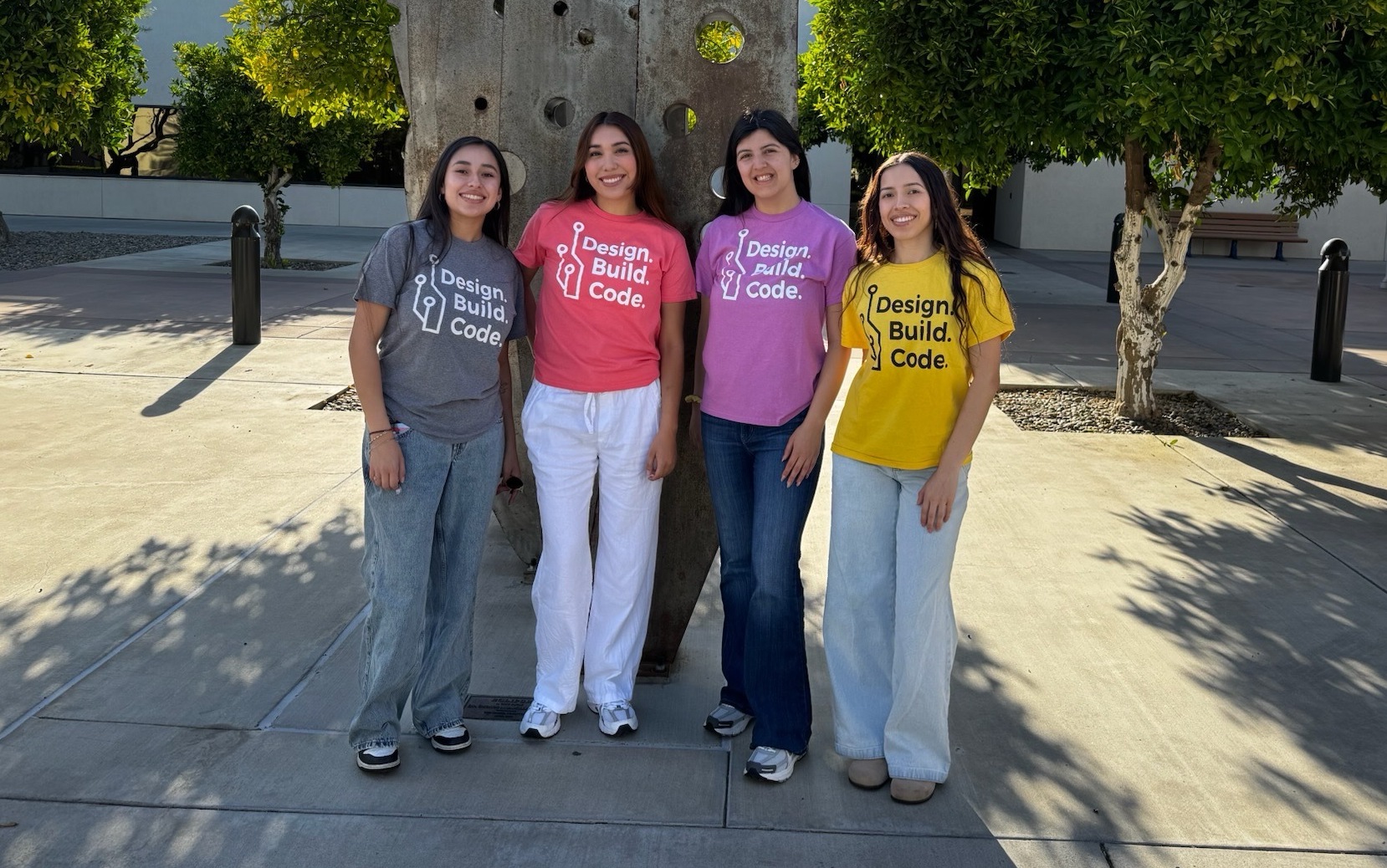Our CAD & 3D Modeling course invites 4th–12th grade students to explore the exciting intersection of art, engineering, and digital design. From bookmarks to fidget spinners to full house layouts, students bring their creations to life while building hands-on skills in geometry, spatial reasoning, and design thinking — without realizing how much they’re learning.
Sketch first, screen later
Computer-Aided Design (CAD) doesn’t start on a computer—it starts in the mind of the designer! Students begin by sketching their ideas in 2D sectional views and isometric drawings on paper, developing foundational skills in visualizing and refining their ideas. Sketching is a critical first step in design, allowing students to quickly explore concepts, understand spatial relationships, and problem-solve before moving to more complex 3D modeling.
Each student receives a CAD workbook filled with sketching space, challenges, and examples to guide their progress. This hands-on approach reinforces key concepts and encourages students to think like engineers and designers.
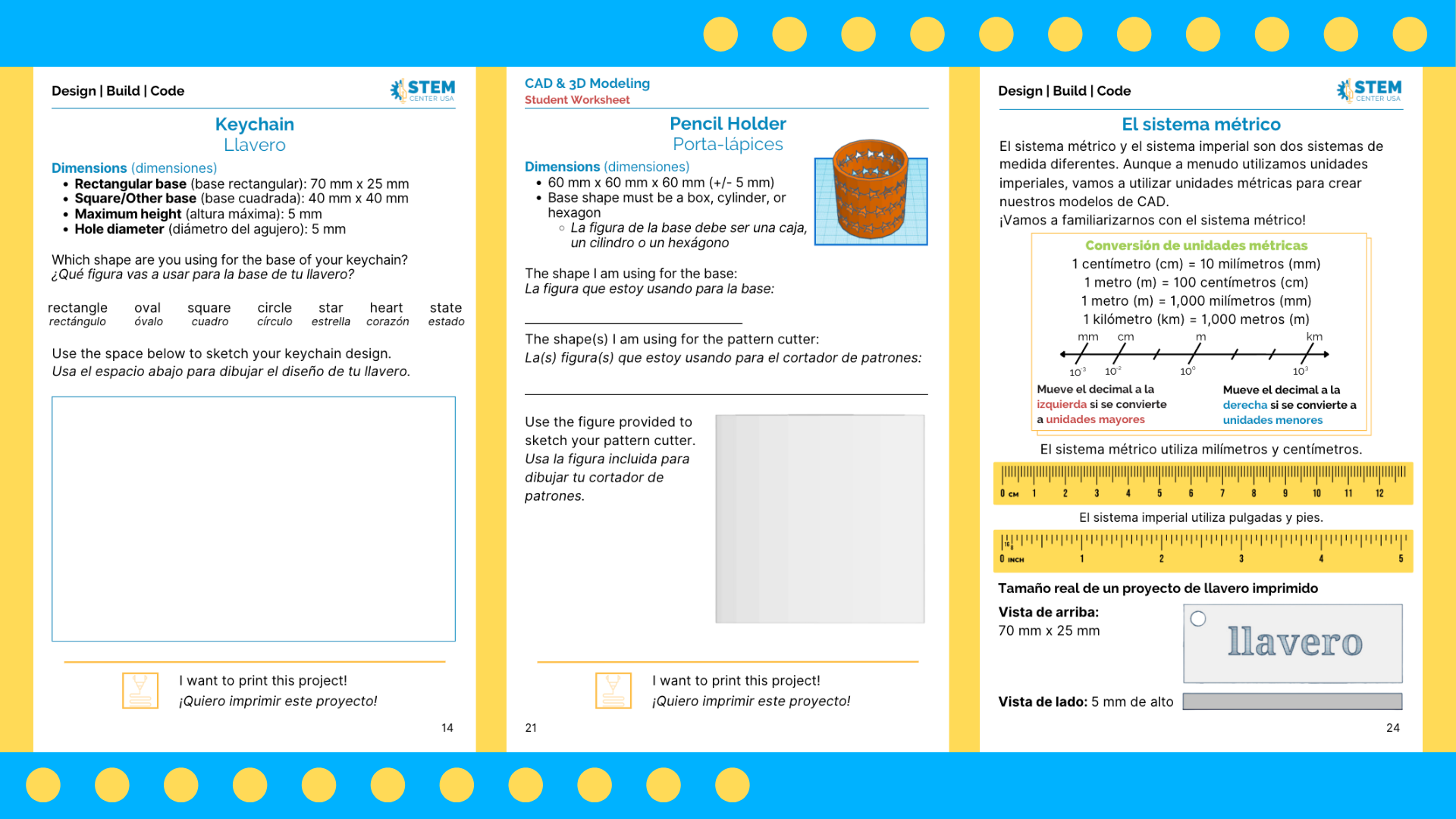
Whether creating a simple keychain or a dream home, the process is the same: visualize, sketch, create, and refine. By practicing these steps, students gain valuable skills in ideation, spatial reasoning, and design thinking long before they ever touch a mouse.
Next, students bring their designs to life by creating detailed 3D computer models.
Meet the tools: TinkerCAD, 3D printers, and more
We use TinkerCAD, a free, browser-based design tool by Autodesk. It’s simple, intuitive, and surprisingly powerful once students start layering shapes, planning dimensions, and building with purpose.
As students grow more comfortable, they start using keyboard shortcuts, learning how to align, group, and structure clean designs for printing. At the end of the course, students select their two favorite models, export them as .STL files, and send them to one of our 3D printers — like the Bambu Lab X1C, Ultimaker, or LulzBot.
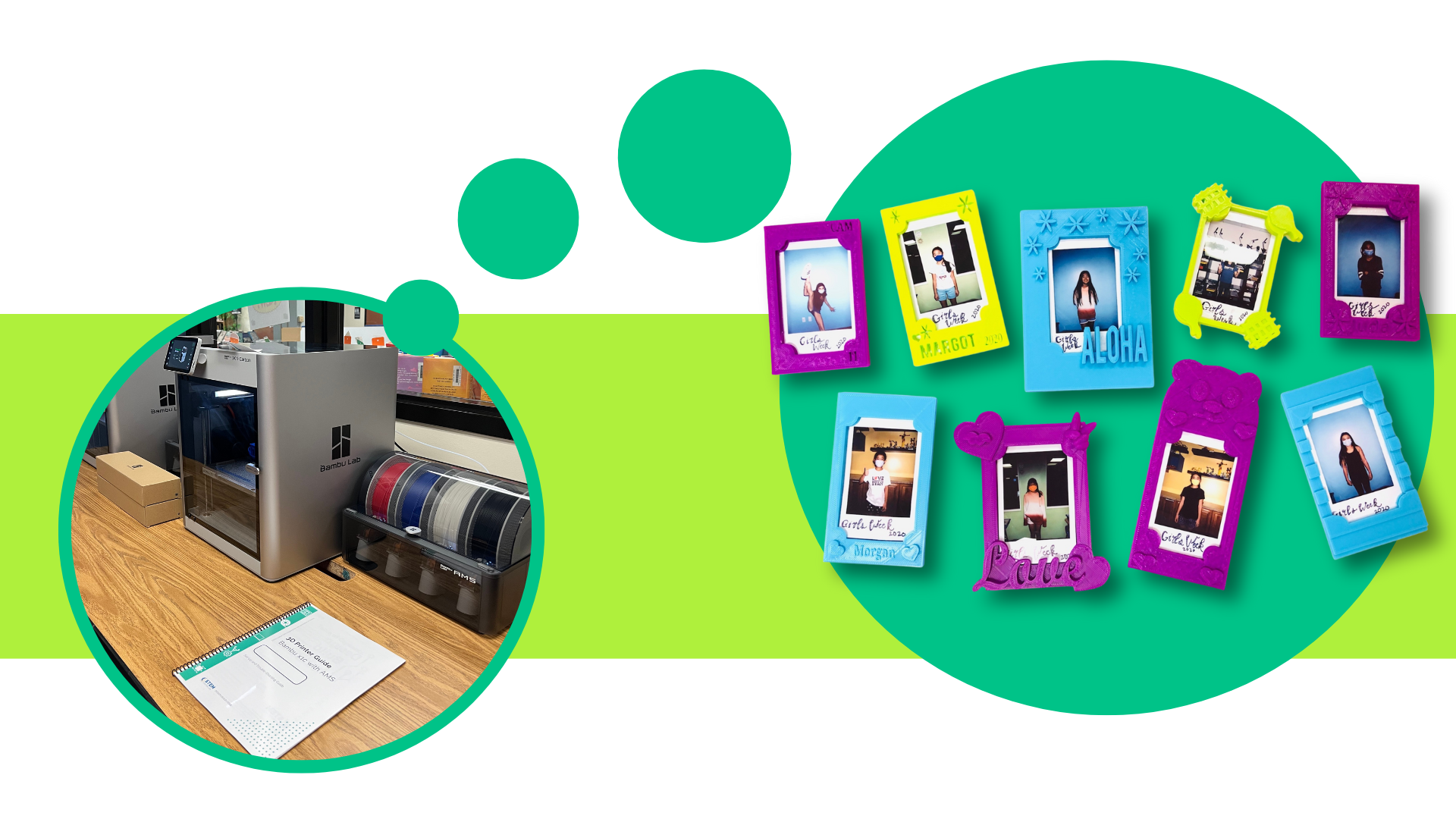
We also teach students how to export .OBJ files for VR and game design, which lets them bring their creations into platforms like Delightex, Unity, or Roblox Studio. Seeing your design come alive in a virtual world? That’s next-level motivation!
Standards in action
Our CAD & 3D Modeling course is more than just fun — it’s deeply integrated with your state standards in math, ELA, science, and computer science. Our instructors enjoy introducing students to career paths in architecture, engineering, game development, and digital fabrication. Students build real skills while creating things they care about, often without realizing just how much learning is happening in the process.
Math
Projects like the Bookmark, Keychain, and Fidget Spinner get students thinking about measurements, units, and shapes from the start. They calculate dimensions in millimeters, convert units, and adjust proportions — all while making something they’re excited to print.
- CCSS 5.MD.C.3–4: Understand volume and apply units like mm and cm
- CCSS 6.G.A.4: Represent and build 3D shapes from 2D sketches
ELA
Students practice descriptive writing when they label designs or document their projects in the workbook. During project sharing, they explain design choices and walk through their creative process — often with sketches or screenshots.
- W.4.2: Write clear explanations of ideas and how things work
- SL.5.4: Present information using visuals and subject-appropriate language
Science & Engineering (NGSS)
Projects like the Pencil Holder, Picture Frame, and House Layout challenge students to think like engineers: designing within constraints, testing how shapes fit or stack, and solving real-world problems. These activities reflect the same steps used in professional prototyping.
- 3-5-ETS1-1: Define design problems and consider constraints
- MS-ETS1-3: Analyze and improve models based on feedback
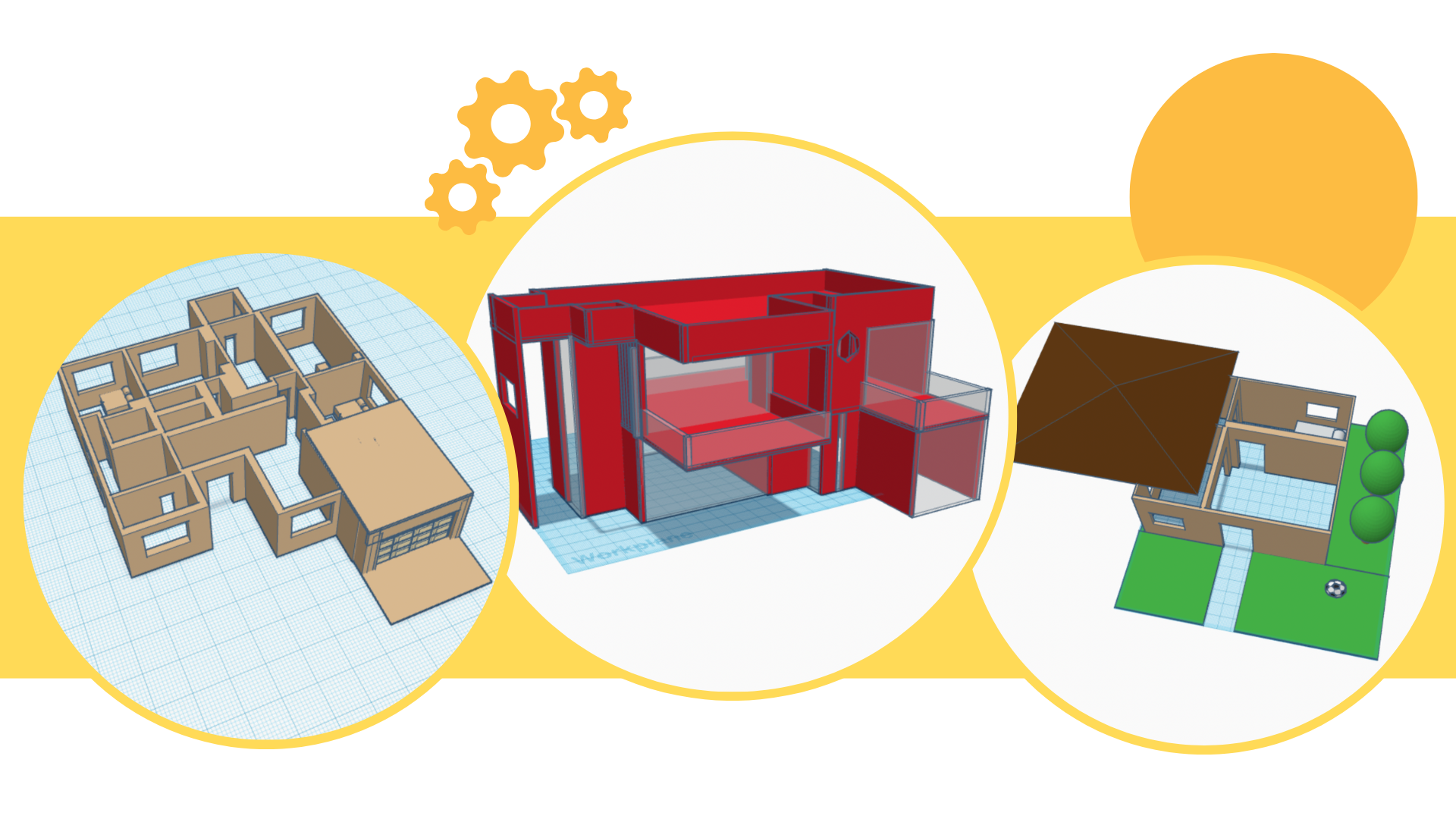
Computer Science
While using TinkerCAD, students break down complex designs into smaller parts, sequence their modeling steps, and use logic tools like alignment and grouping. Exporting files for printing or VR introduces key ideas in digital workflows and file types.
- CSTA 3A-AP-17: Break down problems and organize designs logically
- CSTA 3B-IC-21: Reflect on the impact of design and technology
What students have to say
This course is a favorite across our STEM Centers and partner schools. Why? Because it’s fun, creative, and gives students something tangible to be proud of.
Here’s what they’ve told us:
"Lo disfrute mucho en verdad, me gusto haberlos conocido muchas gracias por fomentar en aprendizaje de ingeniería en lo personal me gusto mucho."
- 10th grade student
"I felt very comfortable with this program, I really like that my instructor explains to me how to do it. I would easily take this class again without a doubt. Thank You <3"
- 11th grade student
"Nos hicieron abrir la mente con las actividades principalmente pensar bien las cosas para resolverlas, Gracias por permitirme estar dentro de este programa."
- 11th grade student
"Fueron actividades entretenidas e hicieron las clases divertidas, tambien los mentores fueron muy amigables en todo momento y nos ayudaron en todo, fueron buenas experiencias con diferentes actividades, aprendi mucho."
- 12th grade student
Whether they’re into tech, art, building, or just want to try something new, CAD & 3D Modeling has something for everyone.
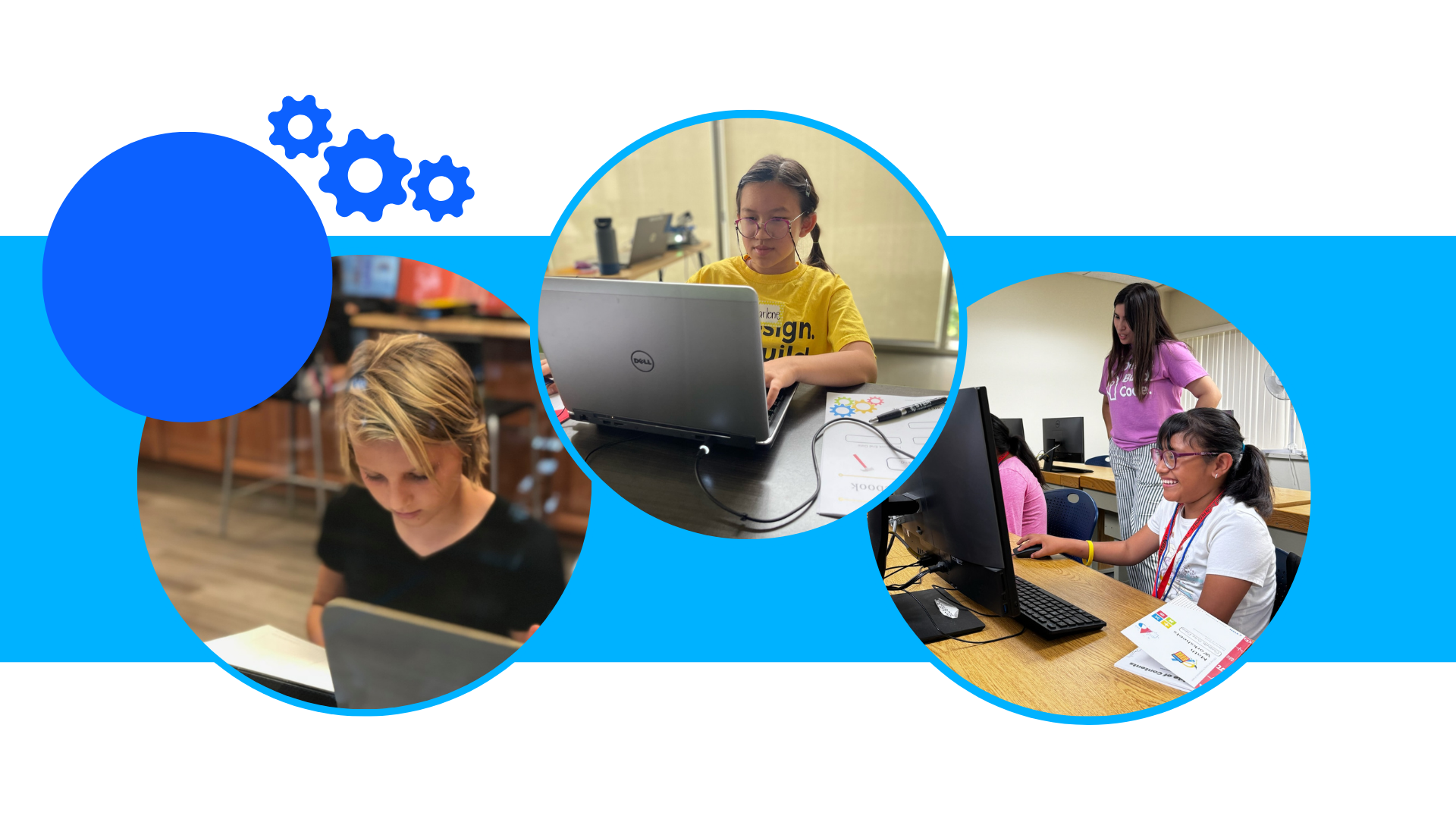
Introduce your students to CAD
Our CAD & 3D Modeling course runs year-round at our STEM Center locations and partner schools. No experience needed — just a willingness to sketch, tinker, and create.
Learn how you can bring this exciting program to your students. Schedule a consultation today!

